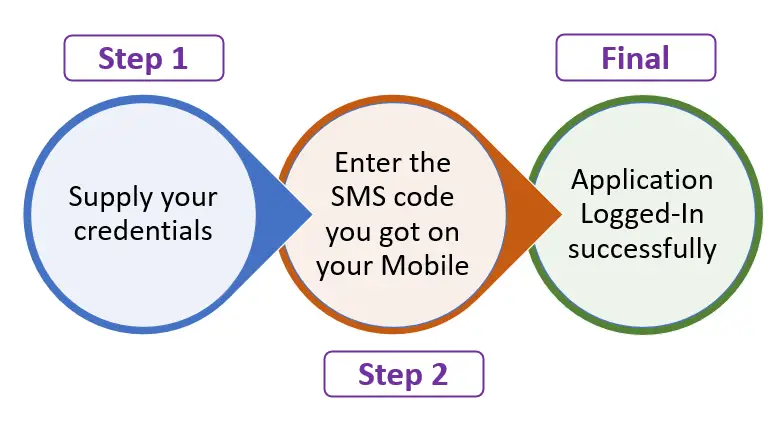Multi-Factor Authentication (MFA)
Definition: Multi-Factor Authentication is the process where you need at least two ways to identify yourself to log in.
- The benefit and idea behind keeping multiple authentications are if the attacker breaks one of the securities, still, your system/data is secure.
- Azure MFA can also secure a Password reset.
- MFA is enabled through Azure Active Directory.
Three main types of MFA methods
Multi-Factor authentication requires two or more of the following.
- Something you know. Typically, your credentials
- Something you have. A trusted device, which cannot be duplicated easily.
- Something you are. A biometric like fingerprint or face scan.
Available verification methods.
- When users signs-in to Azure using credentials and receive an MFA prompt, they can select from one of the registered forms of additional verification.
- Users can add or edit the additional verification from My Profile
- Some additional verification methods.
- Microsoft Authenticator App
- OAuth Hardware Token
- OAuth Software Token
- SMS (Text Code)
- Voice Call (Code)
How does MFA work – Using an Example?
- There is one financial application that has enabled Multi-Factor authentication.
- Please refer to below figure

- Step 1 (Something you know): User enters the Id and Password. If the credentials are wrong, the user is thrown out of the log-in process, if credentials are correct it moves to Step 2.
- Step 2 (Something you have): An SMS (with a code) is sent to the user’s mobile. The user enters the code he/she received on mobile. If the code doesn’t match with what Microsoft has sent, then the user is obviously not authenticated, and the process stops here.
- Final: You can add more authentication after step 2 (if you want). After all these steps are successfully passed, the user is logged in to the system.
